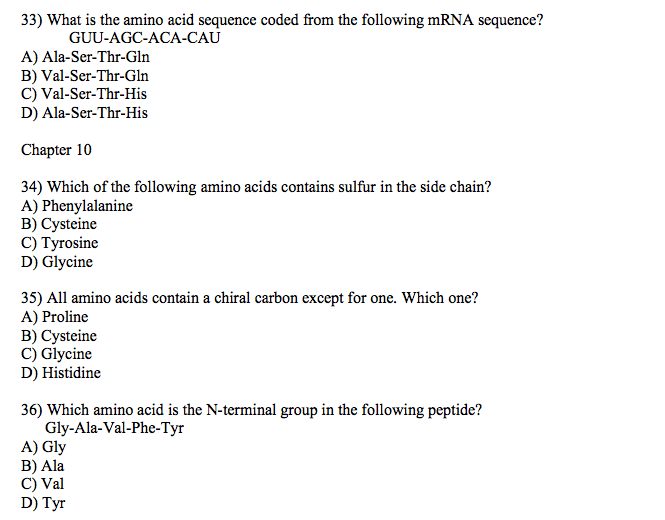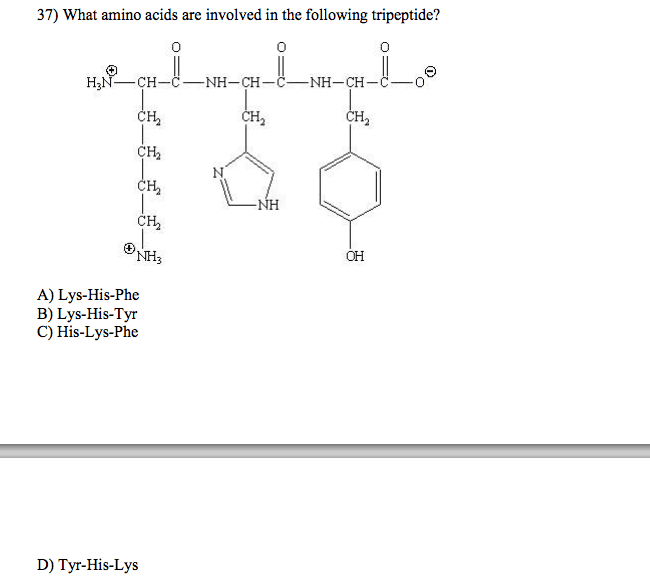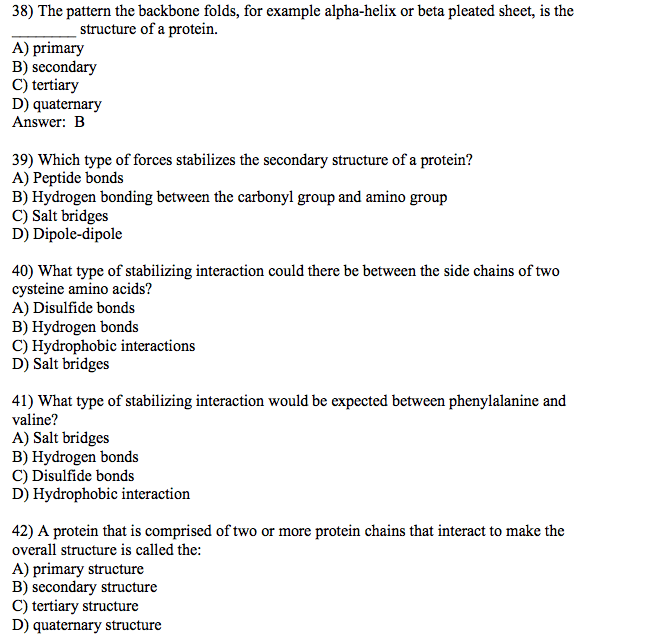BCHM 10000 Lecture Notes - Lecture 15: Random Coil, Tyrosinase, Guanidine

Tertiary Structure
●Protein tertiary structure
– the global arrangement of secondary structure, amino acid R groups and prosthetic
groups
●Regions of secondary structure interact to give a protein its tertiary structure
– repeats of antiparallel pleated sheet can form a beta barrel
– repeats of beta-alpha-beta units can also form beta barrels
●Portions of tertiary structure can define domains
– fold independently
– a beta barrel linked to a beta-alpha-beta domain
●The primary structure of a polypeptide dictates the secondary structure of a protein
– bulky or charged residues are unfavorable in an alpha helix
– proline is unfavorable in an alpha helix or a beta sheet
– proline and glycine are favored in turns
●Secondary structure dictates tertiary structure
– hydrophobic residues are unfavorable on the exterior of a protein
– charged residues are unfavorable on the interior of a protein (unless they are
paired with opposite charges)
– disulfide bridges stabilize tertiary structure covalently
Document Summary
The global arrangement of secondary structure, amino acid r groups and prosthetic groups. Regions of secondary structure interact to give a protein its tertiary structure. Repeats of antiparallel pleated sheet can form a beta barrel. Repeats of beta-alpha-beta units can also form beta barrels. Portions of tertiary structure can define domains. A beta barrel linked to a beta-alpha-beta domain. The primary structure of a polypeptide dictates the secondary structure of a protein. Bulky or charged residues are unfavorable in an alpha helix. Proline is unfavorable in an alpha helix or a beta sheet. Proline and glycine are favored in turns. Hydrophobic residues are unfavorable on the exterior of a protein. Charged residues are unfavorable on the interior of a protein (unless they are paired with opposite charges) The arrangement of multiple protein molecules in complexes. Complexes of 2, 3, 4, etc protein molecules are called dimers , trimers , tetramers , etc. Dimers may be formed between identical polypeptide monomers.




